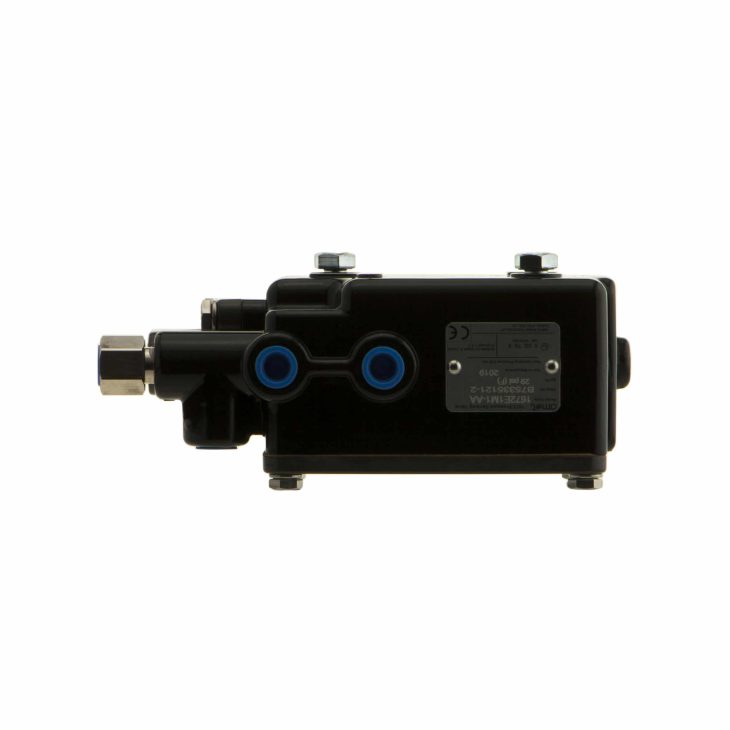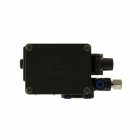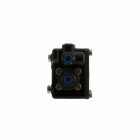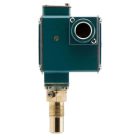
Pressure
1672 Pressure Sensing Valve
The AMOT 1672 pressure sensing valve is a 2-way normally open sensors (closed under satisfied operation conditions) which are opened by the sensed pressure decreasing or increasing past the trip point. Dual-purpose construction (trip on rising or falling pressure) provides a wide range of applications and permits easy field adjustment or changeover from trip on falling pressure to trip on rising pressure.
| Diaphragm Sensor Pressure Ranges | 1, 2, 3 |
|---|---|
| Adjustable ranges | 0.3...21.7 bar (5...315 psi) |
| Piston Sensor Pressure Ranges | 4, 5, 6, 7 |
| Adjustable ranges | 1...248 bar (15...3600 psi) |
| Flow Coefficient | Kv = 0.26 |
| Max. operating pressure | 551 kPa (80 psi) |
| Max. operating pressure | 551 kPa (80 psi) |
The AMOT 1672 pressure sensing valve is a 2-way normally open sensors (closed under satisfied operation conditions) which are opened by the sensed pressure decreasing or increasing past the trip point. Dual-purpose construction (trip on rising or falling pressure) provides a wide range of applications and permits easy field adjustment or changeover from trip on falling pressure to trip on rising pressure. The AMOT 1672 pressure sensing valve is snap-acting and suitable for hydraulic or gas control systems which up to 80 psi (5.5 bar) maximum control pressure.
With its sturdy but simple construction, the AMOT 1672 pressure valve provides reliable and economical pilot control for operating pneumatic indicating relays such as AMOT Model 2400 and 4400, or for directly controlling master shutdown devices such as AMOT, 2800, or 4112 Safety Controls or AMOT 4057 3-Way Valves.
The operation of the 1672 Pressure Sensing Valve is simple and straightforward. Pressure ranges 1, 2 and 3 use a diaphragm sensor, and pressure ranges 4, 5, 6 and 7 use a piston sensor. The sensed pressure moves the diaphragm or piston operator against the larger adjusting spring. The motion is transmitted to the valve through a lever and fulcrum pin which operates the valve pushrod. Location of the pin in one of two holes in the case determines the rising or falling pressure trip function.
Pneumatic lockout is an optional feature which can eliminate the need for a separate blocking valve. For a tripping pressure of 1.1 bar (16 psi) falling, a 6.9 bar (100 psi) lockout pressure is required. For a tripping pressure of 2.1 bar (30 psi) falling, a 13.8 bar (200 psi) lockout pressure is required. The maximum lockout pressure is 17.2 bar (250 psi). This feature is only available on models in pressure range 1.
| Datasheet AMOT 1672 Pressure Sensing Valve | Datasheet_1672_pressure_sensing_valve.pdf |
|---|
Request an offer
RECEIVE A QUOTE WITHIN 3 HOURS ON BUSINESS DAYS

Want more information?
Get in touch with Edward our AMOT specialist

Edward van Doorn
Sales Director Europe

Product catalog
- Download our product catalog
- Download




